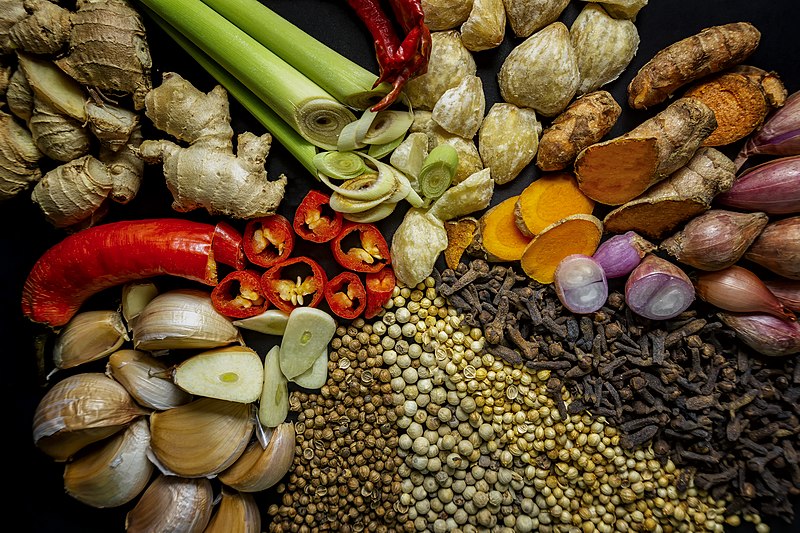
Ingrid Hook, member of the Scientific Committee of ESCOP
The global herbal medicine market size was valued at USD 201.06 billion in 2022 and is projected to reach USD 371.45 billion by 2030, recording a CAGR of 8.02% during the forecast period. The use of herbal medicines and supplements has been growing in popularity and as of 2017 about 46% of the global herbal medicine market was attributed to use in Western countries [Statista 2017]. Analysis of this use in the US [Ramrash 2017], UK [Longden-Naufal 2022], Australia [Harnett 2023] as well as Germany [Welz 2018, 2019a, 2019b] shows that it is predominantly by females.
Varying responses of male or female cells to “drugs” [Mauvais-Jarvis 2021] as well as herbal medicines have been shown in different in vivo environments and organ systems. It is also well known that men and women have different dietary needs and habits [Masella 2017] which will affect diversity of gut microbiota [Wang X 2021], absorption, etc. [Beam 2021; Syromyatnikov 2022], predisposition to disease [Santos-Marcos 2019], disease development [Li J 2017] and quality of life [Crichton 2023].
Sex-gender (Comment: Sex and gender influence each other and so this ‘mixed term’ sex-gender is used) affects platelet function testing in healthy subjects, being higher in females than males, suggesting caution when interpreting results [Miller 2016].
Males and females respond differently to motion sickness [Koch 2018], postoperative nausea and vomiting [Salazar-Parra 2020], anaesthetics [Brettner 2016], depression [Li M 2015], antipsychotics [Seeman 2021], immune responses [Klein 2016], inflammation [Wegner 2017], pain [Pieretti 2016], infectious diseases [Ingersoll 2017] and cognitive performance [Dev 2009; Díaz-Morales 2015].
Nevertheless, sex-gender differences in the use of herbal medicines or plant compounds for mild to moderate illnesses remain under-investigated.
Phenolic compounds are the most abundant in the plant Kingdom and widely distributed in herbal medicines [Sun 2023]. In his review Campesi [2019]* highlights for the first time the underexplored aspects of sex-gender for this group of compounds and describes how sex-gender differentially influences the activities of phenols, including the critical periods of a woman’s life, such as pregnancy and lactation, as well as effects on foetuses and infants.
This large and chemically diverse group of plant phenols are considered as important bioactive compounds in foods, beverages and herbal medicines. Despite a multitude of biological activities, the beneficial effects of these phenols are rarely evidenced in clinical studies with scientific rigour. This could be due to several factors, including their bioavailability which is regulated by, for example, microbiota, age, sex-gender, etc. Sex-gender has important influences on health and well-being, access to health care, disease prevalence, treatment outcomes and environmental and occupational risks, e.g. xenobiotic responses. In conclusion, sex-gender is a variable that has to be taken more seriously so that the effects of plant phenolics are more fully understood and used to propose directions for future research on the road to tailored medicine and nutrition.
* Campesi I, Romani A, Franconi F. The sex-gender effects in the road to tailored botanicals. Nutrients. 2019 Jul 17;11(7):1637. doi: 10.3390/nu11071637. PMID: 31319627; PMCID: PMC6682902.